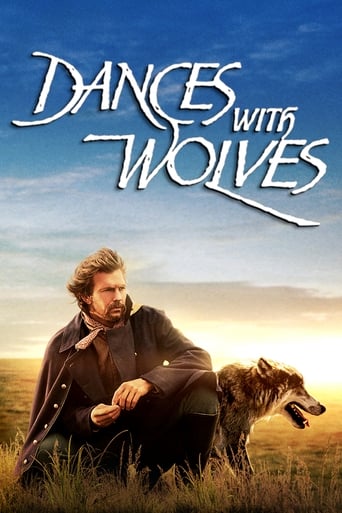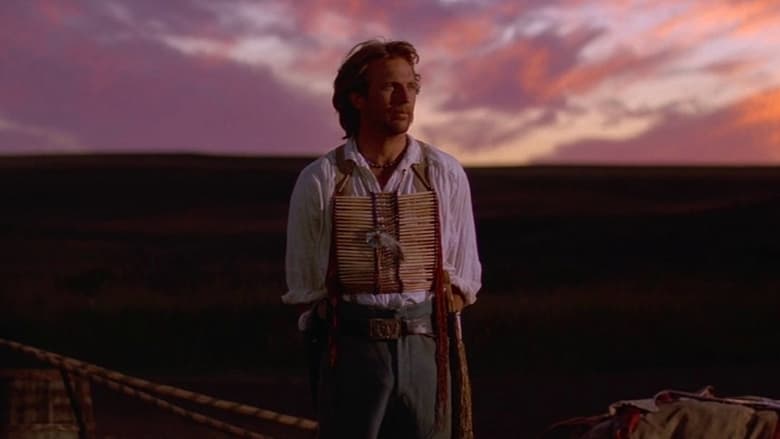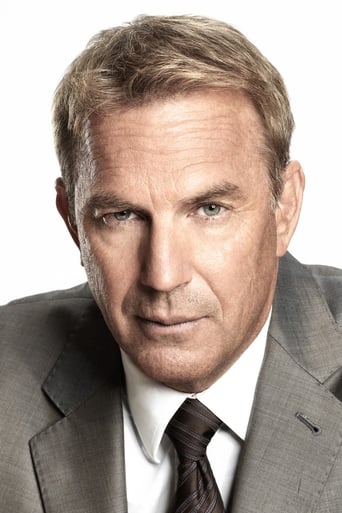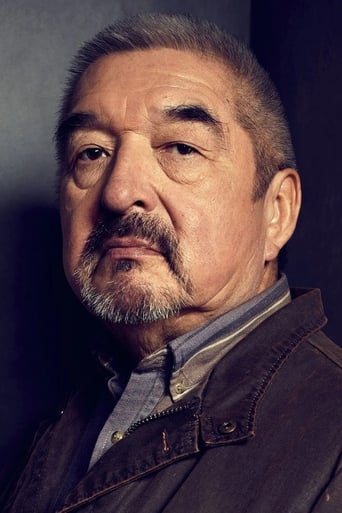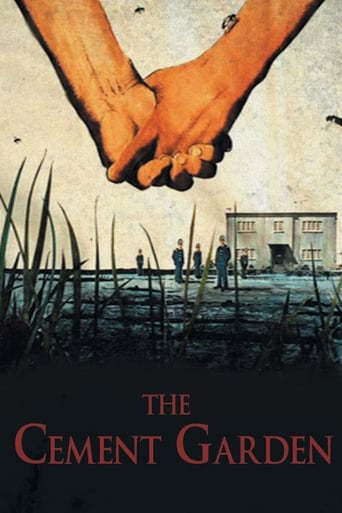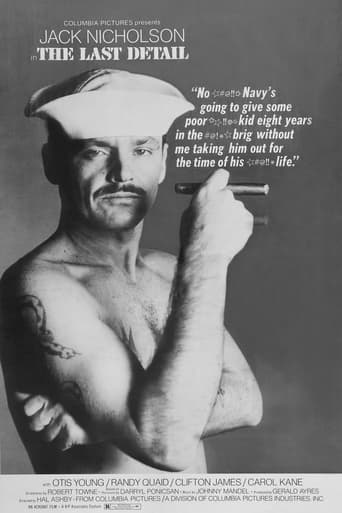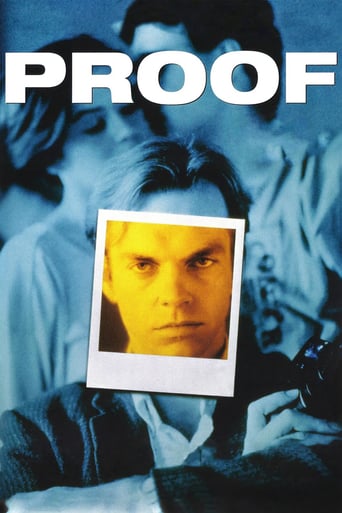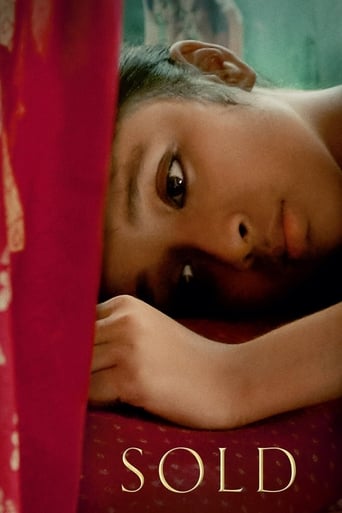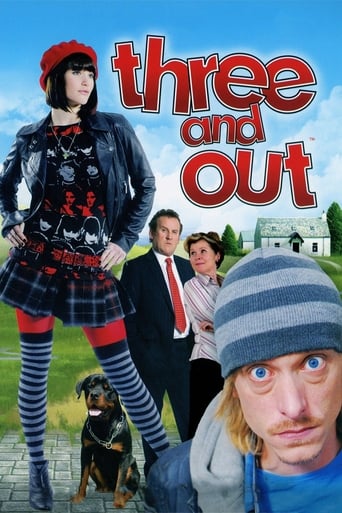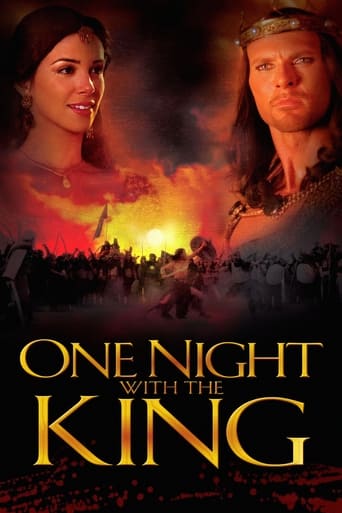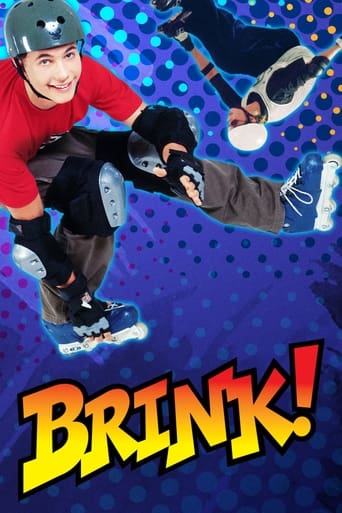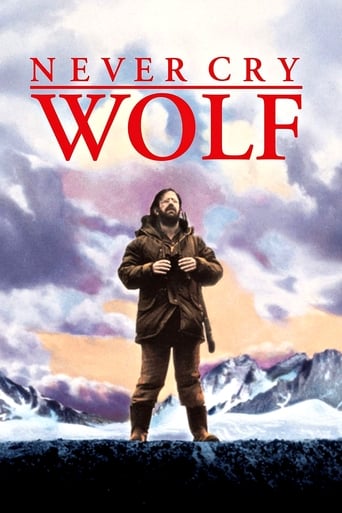Dances with Wolves (1990)
Wounded Civil War soldier John Dunbar tries to commit suicide—and becomes a hero instead. As a reward, he's assigned to his dream post, a remote junction on the Western frontier, and soon makes unlikely friends with the local Sioux tribe.
Watch Trailer
Cast


Similar titles
Reviews
Dances With Wolves4 Out Of 5Dances With Wolves is a character driven feature of an all-lost man that is ready to survive and mold itself into any shape or form for one more chance. The chemistry and the relationship that is built-up among the characters is depicted form the scratch that helps the viewers too connect with the feature; a slick move by the makers. It is rich on technical aspects like costume design, sound department, background score, cinematography and editing. It is shot beautifully and the camera work is charming and makes it immensely pleasing to encounter with great locations and visuals. The writing is strong especially on character's perspective that is judged, accounted and balanced upon nicely. The adaptation by Michael Blake of his own novel, is smart and gripping and the primary reason why it works is his awareness of the characters image and the palpable environment offered to it, since the beginning. Kevin Costner; the director, is surprisingly good considering that it is his first project, as it shows a lot of potential since such character driven feature can easily come off as a dull and over-chewing feature if not executed accordingly. Kevin Costner as the protagonist is convincing in his performance along with his supporting cast like Marry McDonnell and Graham Greene. Dances With Wolves is a rhythmic beat that values its culture and rituals that binds it all to create something colossal out of a mere gesture.
Movie Review: "Dances With Wolves" (1990)U.S. historian and writer Michael Blake (1945-2015) presents producer/director Kevin Costner with Academy-Awarded screenplay adaptation on his reowned book, when Hollywood star Kevin Costner also taking on the highly-identifiable character of Lieutenant John Dunbar, depositioned as blue-coat Northern Union army soldier to become a "Neutrum" of a human being in a run-down western-front outpost only to witness the beauty of a soon disappearing uncharted territory, turning the picture from a "civil-war" movie into a harmonic inception of as "Western" by indulging deep-diving interpretation of the Native American's way of life in a highlighted live-action buffalo hunting scene accompanied by hyper-realistic animatronics by Howard Berger and associates, known for extraordinary special visual effect works for "The Chronics of Narnia" (2005).Director Kevin Costner, accompanied by cinematographer Dean Semler, together they ensure a splendidly-received 180 minutes Hollywood-entertainment movie with a peaking balancing act of being able to turn tides for a seemingly-doomed main character to follow a journey self-destruction to self-reflections over stranger-encounters as cultural differences with nature-bonding Native Americans, suspense stake-raising hostile tribe battles to get literally reborn in his own skin to a match-making female-pendant orphan-character of a Non-Native, yet fully Native-educated woman called "Stand With A Fist", portrayed by actress Mary McDonnell to eye-reading trauma-inhabited proportions, when "Dances With Wolves" finds its exceptional story-telling language in panoramic landscapes apart from any "Civil-War" scenario, despite opening sequence confusions with an all-hope-refusing John Dunbar to leave his fate in the hands of some frontier-cowering soldiers with rifles behind wooden bars on both sides.When this motion picture in itself becomes the star-picture to be the Best Picture of 1990 to remembered for; then mainly through a subconsciously-mesmerizing score composition by John Barry (1933-2011) to all extent the Academy-Award for the best film music had been earned among seven wins in total reception, only leaving out the nominated cast, inlcuding Kevin Costner and Graham Greene in the supporting role of "Kicking Bird", who together get along in almost juvenile trust of being strangers, featuring famous title-given bonfire dance of Dunbar with a lonely-parie-wolf called "Two Socks", when an emerging new world of a continuously heavy-hitting as laws-of-the-gun-indulging "Wild West" become future motion picture promises of an Industry in constant search for the next story to tell.© 2018 Felix Alexander Dausend (Cinemajesty Entertainments LLC)
'Dances with Wolves' is a good example of how far a simple story can go. This slow-burning, low-key Western is a heartwarming tale of friendship and loyalty. It's a film with a purpose and a big heart. The focus on plot and character development is always refreshing to see and the stunning scenery and cinematography make it a pleasure to watch.While the film has a lot going for it, there are a few noticeable weak spots. I can't help but feel Kevin Costner is more comfortable behind the camera directing than on screen. While his performance in this film is okay, a better actor would have done Dunbar's character more justice. There's also the excessive running time, which is felt at times due to the slow nature of the film. That said, these are only minor points in what is a special and memorable film.
1864. Lt John Dunbar (Kevin Costner) of the Union Army distinguishes himself in battle and as a reward is offered any post he likes. He chooses to go out west and is posted to Fort Hays in Kansas. From there he is ordered to Fort Sedgewick, the remotest outpost in the region. He finds it deserted and through a series of unfortunate circumstances he is stranded at the fort with nobody knowing that he is alone there, or even there. He meets his neighbours, the local Sioux tribe, and slowly gains their respect and friendship...Well-intentioned but badly executed. After all the westerns showing Native Americans to be nothing but savages, a movie humanizing the Native Americans was due. Dances With Wolves may be one of the first movies to have a balanced approach in that regard.However, that's where anything positive about this movie ends. The actual execution is quite bad. Director Kevin Costner turns what should have been a profound 2-hour journey into a 3-hour ordeal. Every scene is drawn out to the maximum and many scenes are there as padding making the move slow, dull and overly long. As director he also favours long, drawn-out close-ups of the lead actor, who happens to be himself. Seems incredibly self-indulgent, slowing the movie down further and detracting from the plot.Moreover, the whole tone is so preachy, moralising and pretentious. Turns what should have been a natural lesson to audiences into a soap-boxing sermon.Undeservedly won the 1991 Best Picture Oscar. How this won over Goodfellas I don't know. Might be the Academy's dislike for Martin Scorsese or the fact that they tend to prefer preachy movies.

